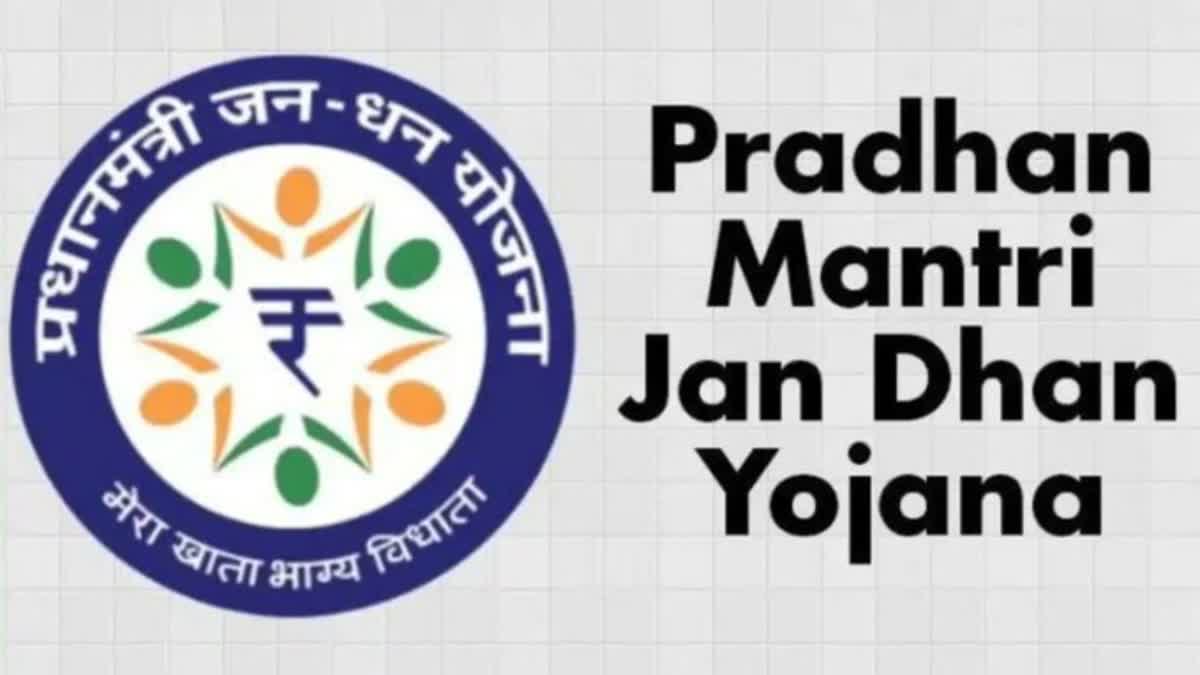New Delhi: Among the number of financial inclusion schemes initiated by the NDA government under Prime Minister Narendra Modi after it came to power in 2014 is the Pradhan Mantri Jan Dhan Yojana (PMJDY), a scheme that aims to provide affordable access to financial services such as banking, savings, deposit accounts, remittances, credit, insurance, and pensions to the unbanked population of the country.
“Brothers and sisters, I have come here with a pledge to launch a scheme on this festival of freedom,” Modi had announced while addressing the nation from the ramparts of the Red Fort on the occasion of Independence Day on August 15, 2014, after assuming the office of the Prime Minister for the first time in May that year. “It will be called Pradhan Mantri Jan Dhan Yojana. I wish to connect the poorest citizens of the country with the facility of bank accounts through this yojana.”
He said that there are millions of families who have mobile phones but no bank accounts.
“We have to change this scenario. Economic resources of the country should be utilized for the well-being of the poor,” he stated. “The change will commence from this point. This yojana will open the window.”
The PMJDY was formally launched on August 28, 2014. Run by the Department of Financial Services, Ministry of Finance, under this scheme, 15 million bank accounts were opened on inauguration day.
The Guinness Book of World Records recognised this achievement, stating: "The most bank accounts opened in one week as a part of the financial inclusion campaign is 18,096,130 and was achieved by the Government of India from August 23 to 29, 2014."
“Let us celebrate today as the day of financial freedom,” Modi declared on the occasion of the launch of the scheme.
What does the PMJDY entail?
The scheme aims to provide every household in India with access to at least one basic bank account. This is crucial for financial inclusion, enabling people to save money securely and access formal credit systems.
The PMJDY accounts can be opened with zero balance. However, if the account-holder wishes to get a cheque book, he or she will need to fulfill minimum balance criteria.
Each account holder is provided with a RuPay debit card, which comes with an inbuilt accident insurance cover of Rs 2 lakh (doubled from Rs 1 lakh in August 2018).
The scheme provides an overdraft facility of up to Rs 10,000 to one account per household, after six months of satisfactory operation. The overdraft limit was originally Rs 5,000 and was increased to Rs 10,000 later on.
The scheme also provides life insurance cover of Rs 30,000 to eligible beneficiaries who opened their accounts before January 26, 2015.
The scheme’s accounts are being used to channel government subsidies and other benefits directly to the beneficiaries under the Direct Benefit Transfer (DBT) scheme, reducing leakages and ensuring transparency.
The scheme also includes financial literacy programmes to educate account holders about the benefits of savings, proper financial management, and how to utilise banking services effectively.
What have been the achievements of the scheme so far?
According to the progress report posted on the PMJDY website, till July 31 this year, 52.99 crore accounts have been opened, a majority of them (35.37 crore) in rural and semi-urban bank branches. In urban and metro bank branches, 17.72 crore accounts have been opened. Of the total beneficiaries, 35.97 crore have been issued RuPay debit cards.
The total deposits in these accounts have crossed Rs 2.28 lakh crore, reflecting the increasing use of these accounts for savings and financial transactions.
A high percentage of these accounts are active, indicating that the beneficiaries are regularly using these accounts for transactions. Approximately 56 percent of the PMJDY account holders are women, highlighting the scheme’s role in empowering women financially. A significant number of these accounts have been linked with Aadhaar cards, facilitating easier and more efficient delivery of government benefits and subsidies directly into the beneficiaries’ accounts.
The scheme has significantly reduced the number of people without access to banking services. It has particularly benefitted rural areas and marginalised communities. With the introduction of RuPay debit cards and the promotion of digital banking, the scheme has encouraged the use of digital payment systems, which is crucial for the government’s push towards a cashless economy.
During the COVID-19 pandemic, the PMJDY accounts played a critical role in disbursing financial aid to millions of people under the Pradhan Mantri Garib Kalyan Yojana.
What are the challenges and criticisms of the scheme?
The scheme has been criticised by the opposition, who claim that it has created unnecessary work-burden on the public-sector banks. According to critics, offers like zero balance, free insurance and overdraft facility would result in duplication. Many individuals who already had bank accounts may have had accounts created in their names, lured by insurance cover and overdraft facility.
In addition, while the Government of India was ostensibly actively attempting to promote financial inclusion through this scheme, the Reserve Bank of India permitted banks to charge customers for conducting ATM transactions beyond a certain number of times per month. This effectively prevented people from easily accessing their own savings and discouraged them from using formal banking channels.
A portion of the accounts remains dormant, meaning they are not being used for transactions regularly. This indicates that while access has improved, usage is still an area that needs attention.
Although the scheme includes financial literacy programmes, there is still a significant gap in the understanding of financial products and services among the rural population, limiting the full potential of the scheme. The overdraft facility has also not been fully utilised by account holders, partly due to a lack of awareness and partly due to stringent eligibility criteria.
What is the way forward?
The government is working on further enhancing the PMJDY scheme under what is being called ‘Jan Dhan 2.0’. This includes increasing the scope of financial products available to account holders, enhancing financial literacy, and leveraging technology for better service delivery.
The PMJDY is increasingly being integrated with other initiatives under the Digital India programme, such as the Unified Payments Interface (UPI) and the Bharat Interface for Money (BHIM), to promote digital transactions among account holders.
Efforts are being made to improve access to credit for PMJDY account holders, particularly through microfinance institutions and self-help groups, to support entrepreneurship and small businesses.
To sum it up, despite the challenges and criticisms it faces, the PMJDY has served as a cornerstone of the government’s financial inclusion strategy in a country with a population of 1.4 billion.



